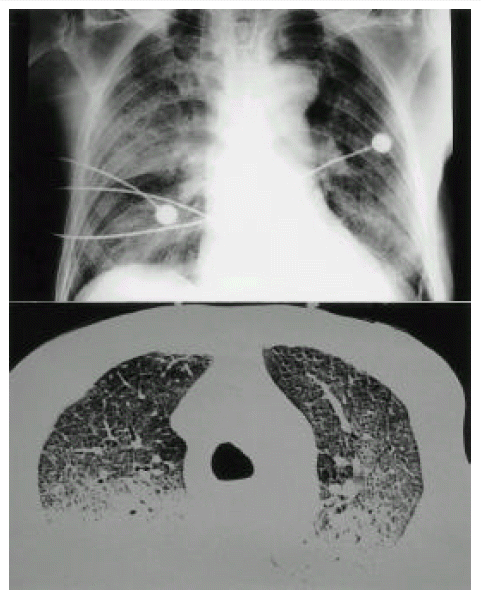

Elevated mercury concentrations have been detected in approximately 25% of the groundwater and surface-water samples from 2783 hazardous waste sites tested by the Environmental Protection Agency (EPA). Weathering of mercury-bearing rock and industrial effluents are the major sources of mercury contamination in water. The airborne level is increased by disposal of solid waste (e.g., thermometers, electrical switches, and batteries) in landfills application of mercury-containing paints, fungicides, and pesticides and combustion of waste oils. Burning of fossil fuels, particularly coal, contributes to the level of mercury in the atmosphere. The major source of atmospheric mercury is the global off-gassing of mercury from soils and surface waters. Elemental mercury and MeHg compounds have a greater ability to cross cell membranes than do the mercurous or mercuric salts and are consequently more neurotoxic than mercury salts. MeHg is the form most frequently involved in mercury food poisoning. Under appropriate conditions, Hg 2+ can covalently bind carbon to form organomercury compounds the most important in terms of human exposure is methylmercury (MeHg). Most mercurous and mercuric salts readily disassociate into ions in the body. The highest valence state, Hg 2+, forms a variety of mercuric salts, which are used to inhibit bacterial or fungal growth. The intermediate oxidation state, Hg 1+, forms numerous mercurous salts the best known is mercurous chloride or calomel, which was commonly used in teething powders and other medicines until its adverse effects were publicized in 1948. Elemental mercury vapor accounts for most occupational exposures. Commonly referred to as quicksilver or metallic mercury, it is used in thermometers, thermostats, switches, barometers, batteries, and other products. Elemental mercury is a silver-gray liquid at room temperature that vaporizes readily when heated. Mercury exists in three forms: elemental mercury (Hg 0), inorganic mercury salts (Hg 1+ and Hg 2+), and organic mercury. Although most medicinal uses have been discontinued, industrial uses of mercury are increasing. For 3000 years, mercury, in various forms, has been used in medicine and industry. Mercury (Hg) is a metal found in the environment in its elemental state and as organic and inorganic compounds.

❑ Mercury-containing dental amalgams have not been proven to cause adverse health effects.

❑ The major source of organic methylmercury exposure in the general population is fish consumption. ❑ Elemental mercury vapor accounts for most occupational and many accidental exposures. Until recently, the boy has enjoyed most social activities with his family. The family has no pets and has not traveled within the past year. Both parents are school teachers in good health. The parents report that their daughter appears healthy and is doing well in first grade. Three months ago, the child, his parents, and his 6-year-old sister moved into a freshly painted house. Results of the neurologic examination are normal there is no muscular atrophy.
MERCURY EXPOSURE X RAY PICTURES FULL
He does not have point tenderness in his legs, and he has full range of motion in knees and hips. The oral pharynx and abdomen appear normal upon examination his lungs are clear.
MERCURY EXPOSURE X RAY PICTURES SKIN
He is sweating, and his nose, fingers, and toes are erythematous the skin on his fingers and toes is peeling. He refuses to walk or stand and says that his legs “hurt.” He is afebrile, has a heart rate of 130 per minute and respirations of 16 per minute. The child’s immunizations are up to date, and he is on no medications.ĭuring physical examination, the boy is uncooperative and crying. His growth and development have been normal he is in the 90th percentile for weight and height. History reveals that the patient had recurring ear infections this past winter, which were treated with oral antibiotics. The child has had no other symptoms, such as a runny nose or cough, and has not lost weight. On those nights the child has felt warm, but his parents did not take his temperature. Recently, he has experienced night sweats. His parents note that about a month ago, he seemed to withdraw and become cranky. A 3-year-old boy with irritability, digital erythema, and leg painĪ 3-year-old boy is brought to your office by his parents, who state that the child refuses to play and prefers to lie on his bed.


 0 kommentar(er)
0 kommentar(er)
